Introduction Project management has existed in some form for thousands of years. After all anything that requires an approach where humans organize effectively to a plan and achieve specific objectives can be loosely defined as a project. How else would have humans achieved some of stunning wonders and achievements? The History of Project Management is the history of mega projects of the last 4,500 years that include the Giza Pyramid, the Parthenon, the Colosseum, the Gothic Cathedrals of Europe, the Taj Mahal, and the Transcontinental Railway. These were not anomalies in history but projects delivered in a systematic way with very similar characteristics to today’s projects. Typically, they had a project charter, a business justification, and a project sponsor. In close analysis they also followed a similar life-cycle of phases that we use today, incorporating the Project Management Process Groups (initiating, planning, executing, monitoring and controlling, and closing). In close examination they also intuitively followed all nine PMBOK knowledge areas (Integration, Scope, Time, Cost, Quality, Human Resources, Communications, Risk, and Procurement). For most people the starting point in the History of Project Management is the Great Pyramid at Giza, a monumental structure for its time, 2550 B.C.E. The project conjures up images of thousands of slaves serving a merciless pharaoh and toiling in inhospitable conditions. Yet in reality labor was not an inexhaustible supply but came at a higher price. From modern research there is little evidence to suggest the use of slave labor, only in the Great Wall of China project (221 B.C.E. - 206 B.C.E.) was peasant labor used. Giza's project workforce lived on a middle-class diet of meat. Giza was built in 20 years and the astounding accuracy of measurements, the level base, and the precision with which 40 to 60 ton blocks were laid, stuns engineers today. For the next 2,700 years most significant projects, highlighted by the architectural masterpieces of the Greek and Roman eras, were with the creation of edifices and structures. Subtle changes were in the use of ever improving materials like brick, concrete, and iron which provided the project architects more design options and flexibility in the structure. These projects were made possible by the meticulous organization of the project workforce, usually on military lines of specialist groups (trades). Overtime the workforce was streamlined with the development of simple tools like wheels and levers, and wedges, which were incorporated into ever incresingly complex machines like capstans, and massive cranes, necessary for lifting large weights. The Greeks with the Parthenon highlighted the incredible accurarcy of measure, sag lines, and how quality management could be incorporated at a local level without blowing the project budget. The pace of development continued in and around the Mediterranean, the Middle East and Asia Minor, and the harnessing of animal labor in carrying materials. The Romans were masters of Project Management in creating a massive building program across their empire that included cities and towns, public buildings, and infrastructure (like roads, water (aqeducts) and sewers). The Romans ability to organize stemmed from the military, and the ability to harness a multitude of skills. Keeping to a schedule and cost control were both critical in all Roman projects as Romans broadly propagated these projects throughout the Roman Empire. Julius Caesar provided the economic stimulus that led to a construction boom. This led to projects like those that created the Roman Colisseum, 80 and the Pantheon in 125. Surprisingly, these project were delivered in relatively short timeframes, for example, the Parthenon in 8 years, The collapse of the Roman Empire was a set back in the West for over 600 years (the Dark Ages), although projects continued to flourish in the Eastern Roman Empire (through projects like the Cathedral of Hagia Sophia), in the Islamic world, and Eastward across Asia. In addition, the developmen of new emerging technologies (like gunpowder, paper, compass, and the lateen sail) continued to be developed as well as materials like iron. | 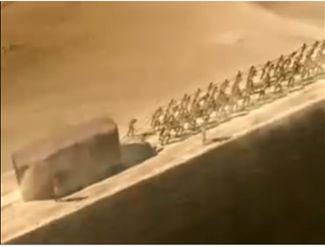 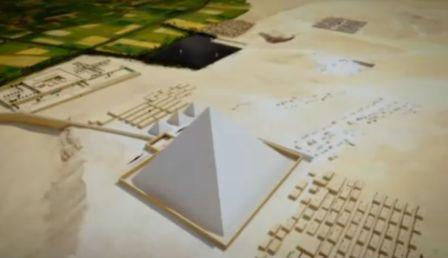 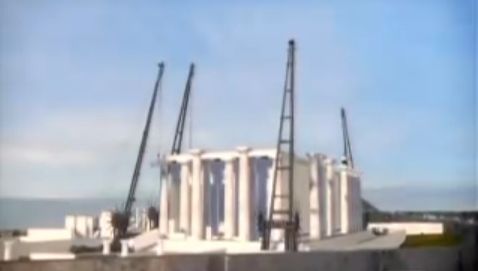  | ||
In the West there was not much project activity till the 11/12th century and the central medieval period which saw a massive building program of Gothic Castles, initiated by the Norman invasion of Britain. As Europe came out of the Dark ages towns and cities expanded and grew. Cathedrals became central to their economic development, driven by the competition for pilgrims.Through a period of several hundred years these projects strived to out do each other and entered a skyscraper race in creating the ultimate cathedral in splendor and height. In these years in France more stone was excavated than at any time in Ancient Egypt. Project Management was at the forefront. These projects were built by a relatively small project workforce over long periods (measured in centuries). This required a clear project charter, stong project governance, committed stakeholders, careful cost control and a well thought out project plan that delivered a series of building campaigns, where a campaign would deliver part of the end-build which would be put to use right away. The European Renaissance saw the development of new types of accounting systems and a financial revolution. With this a new banking system evolved in Italian states, and this flourished into a European money economy. This provided projects in the West a source of funding and also better defined cost controls through the new types of accounting. Renaissance architects as exemplified by Leonardo, Michangelo and Brunelleschi brought a fresh approach to projects with the use of perspective drawings and more accurate measures, and this led to the most ambitious of projects since the Roman era. Brunelleschi's Duomo project (Florence Cathedral) was a masterpiece that finally came close to achieving what the Roman's had with the Pantheon, 1000 years earlier. Both of these projects could not be readily replicated in today's world. Other types of projects flourished with the availabilty of new technologies from the East. The Renaissance and the fall of Constantinople led to the great European Voyages of Exploration of the 15th century across oceans and the world with advances brought about by grids/maps, astrolabe, compass, lateen sail, and improvements in ship building (Caravel). These projects were very high risk but had a great return for the investors, and acted as catalysts for explorations to the far corners of the earth, and European expansionism around the world. For example, only one of the five ships returned from Magellan's fleet, packed with cloves, and this covered the costs of the whole of expedition. In the last 400 years there was a further evolution in projects. This was first influenced by the First Scientific Revolution (spawned by the Renaissance) that provided important scientific discoveries and inventions, and made a significant impact on Western society. Developments in Mathematics and Physics had an impact on Project Management as it moved from a purely non-empirical approach to one based on scientific and mathematical calculation that predicted potential empirical outcomes. The forces in a strucure could now be calculated vastly improving estimates for materials required. By the end of the 19th century the newly industrialized world with mass production required a system to supply large quantities of raw materials, resources, man power, equipment and organization. It needed more sophisticated systems of transportation, storage, manufacturing, assembly, and distribution. Further a rapidly expanding workforce of thousands needed to be taken care of in terms of housing, health, welfare, and education. All this brought in new institutions, establishments, and organizations. A host of new emerging technologies break through namely, the chemical industry which grows out of the manufacture of fertilizers to include the exploitation of fossil fuels. The revolution also created the internal combustion engine which leads to the birth of the automotive industries. In parallel, the electrical industry develops from the electrical dynamo and motor which leads to an explosion of consumer driven electrical devices and telephones. This was the Second Industrial Revolution which leads to the mega infrastructure projects of the 20th century that create road networks, hydro dams, electical and telephone networks.. These colossal changes in the Western World required a far more structured and disciplined approach to business and management, based on scientific research and principles, as the scale of objectives changed. With this came the birth of management principles in the business world, to become the backbone of project management, driven by a few key individual contributors in the field. The First World War mobilized continents with huge armies and resources into a global conflict which proved to be a prolonged war of stalemate. It manifested the industrialization of war and leveraged mass production, mass transportation, and mass mobilization. By 1918 the logistical operation supplying the British Expeditionary Force was one of the largest the world had ever seen. This further accelerated work in planning and supplying. Between the two world wars new disciplines were formulized notably, human relationships (between employer and employee), an evolution in marketing (and its importance) and industrial human relations school of management arose to deal with the practical problems caused by Taylorism and the grindless repetition of tasks. Project engineers developed or adapted coordination techniques that gave the managers control over the progress of the project but did not attempt to dictate to specialized experts how to do their work. MIT professor Erwin Schell articulated this philosophy, telling students in the 1930's:
The Third Industrial Revolution, from 1940 to today, has been dominated by computers both electro-mechanical and electronic, information, and the Internet. It also saw the institutionalization of management practices into business. This was accelerated by the second world war which brought mega projects to the fore front. For example, the adaptive system created for the Battle of Britain (1940), the Colossus computers at Bletchley Park (1943), the Normandy Invasion or D-day (1944), and the Manhattan project (1945). The Cold War reflected the manifestation of the third industrial revolution and the advances made in the use of information/intelligence in the second world war. It also saw the development of a large number of projects related to planes, rockets, and complex technology required by the US Air Force and Navy based on experiments and prototypes in the Second World War. These projects saw the first use and development of both CPM (Critical Path Method) and PERT (Program Evaluation and Review Technique) techniques and charts giving project managers greater control. | 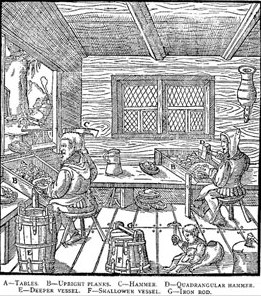  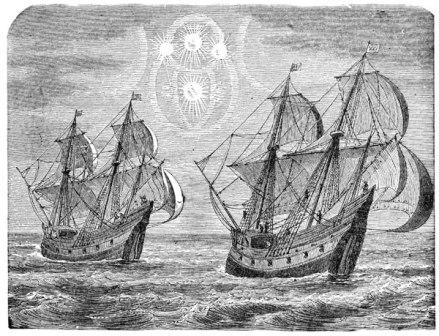 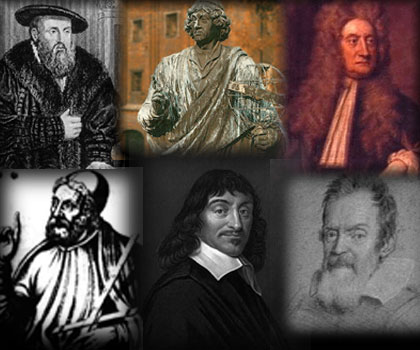 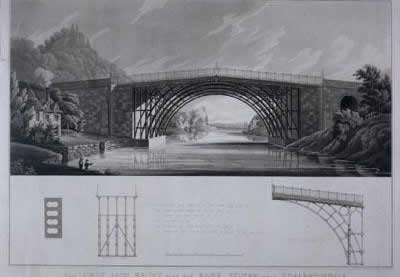 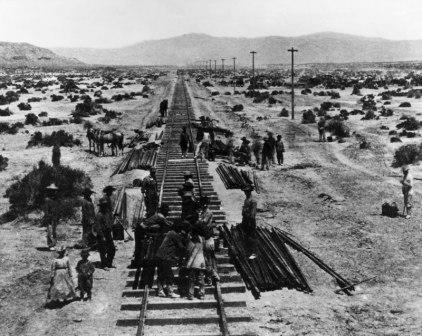 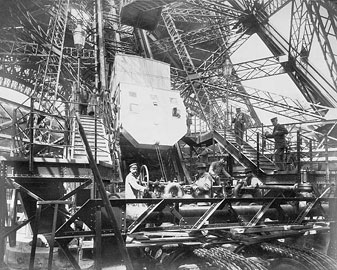   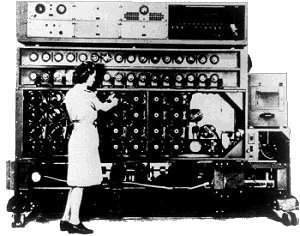 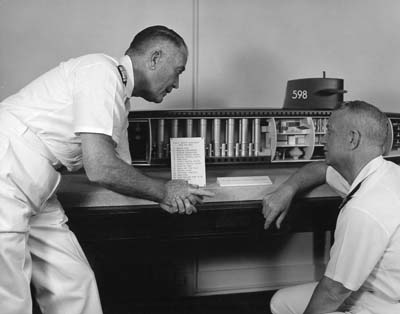 | ||
Modern Project Management The form in use today across many fields and industries in the business world emerged in the 20th century specifically in around the Second World War through the mega projects that were required. This period can be looked as a catalyst in the evolution of project management with the need to organize vast quantities of resources and personnel to achieve critical objectives in specific timeframes. This required a comprehensive approach, beyond following intuitive processes (see Churchill's Adaptive Enterprise). The business world began to adopt project management as the benefits of organizing around projects became apparent. | 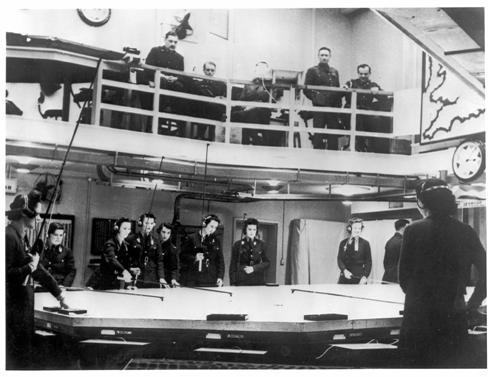 | ||
Project DriversOver time the drivers for projects have included religious, political and commercial factors, and often a mix of these. Many ancient projects were driven by religion for example, construction projects like Giza, Stonehenge, and the Gothic Cathedrals, although the cathedrals improved the commerce in a town. Florence Cathedral was all about prestige and commerce. The Colosseum was political in nature and used to promote the Roman Government and provide employment. The great voyages of exploration were projects driven by commerce but in the name of religion and the monarchy. In the 18/19th century practically all projects in the industrial revolution were commercial in nature like the Iron Bridge, Transatlantic Cable, Crystal Palace, etc. Some projects were very strategic, and political, like the Suez and Panama canals, or the U.S., Canadian or Russian Transcontinental railways but, they were also very important commercial successes as well. In the 20th century public works projects emerged to address growth in unemployment like the Hoover Dam and Golden Gate Bridge in the U.S., Autobahns in Germany, Ocean liners (Queen Mary and Queen Elizabeth) in the UK, and the Maginot line in France. But these projects were not much different from the Parthenon and Colosseum, 2000 years earlier, which were also major public works projects. | 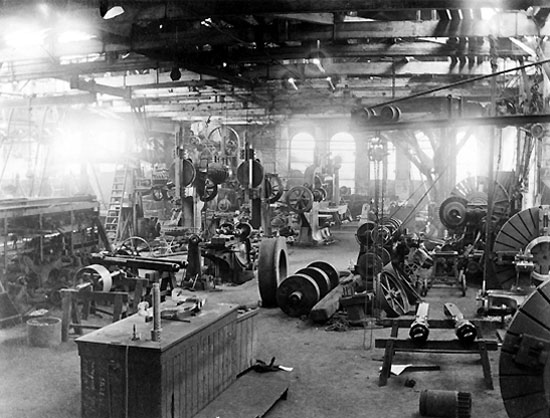 | ||
The Definition of Project ManagementThe application of knowledge, skills, tools and techniques to a broad range of activities to meet the requirements of the particular project. For example, the use of methodologies, project life cycles and plans, and tools like Gantt and Pert charts. Project management knowledge and practices are best described in terms of their component processes. These processes can be placed into five process groups (initiating, planning, executing, controlling and closing) and nine knowledge areas (project integration management, project scope management, project time management, project cost management, project quality management, project human resource management, project communications management, project risk management and project procurement management). |  | ||
The Term Project Management The Latin word projectum means, "to throw something forwards." The word "project" originally meant "something that comes before anything else is done". When the word was initially adopted, it referred to a plan of something, not to the act of actually carrying this plan out. Something performed in accordance with a project was called an object. This use of "project" changed in the 1950s when several techniques for project management were introduced: with this advent the word slightly changed meaning to cover both projects and objects. However in certain projects there may still exist so called objects and object leaders, reflecting the older use of the words. | 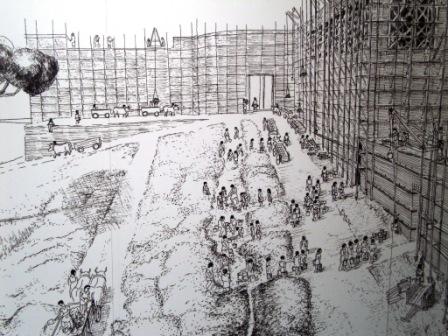 | ||
Renaissance Engineer or Pseudo Project ManagerThe first project managers were labelled architects, technicians or engineers. Generally, they were multi-skilled generalists that could deal with many situations, and had to have project management skills.
Source: History of engineering: http://www.creatingtechnology.org/history.htm#1
Source: Paul Allen history of PM: http://members.aol.com/AllenWeb/history.html | 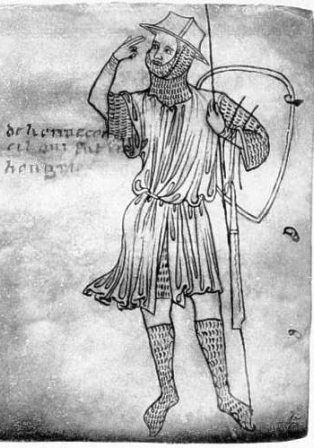 |
Jumat, 03 Desember 2010
The History of Project Management
Langganan:
Posting Komentar (Atom)
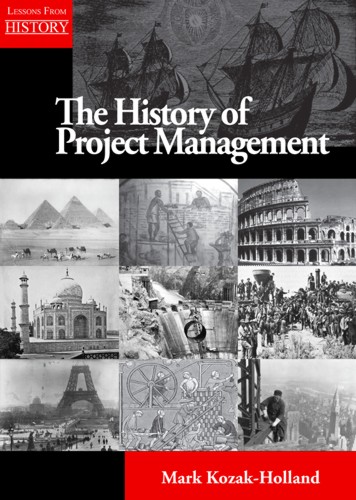
Tidak ada komentar:
Posting Komentar